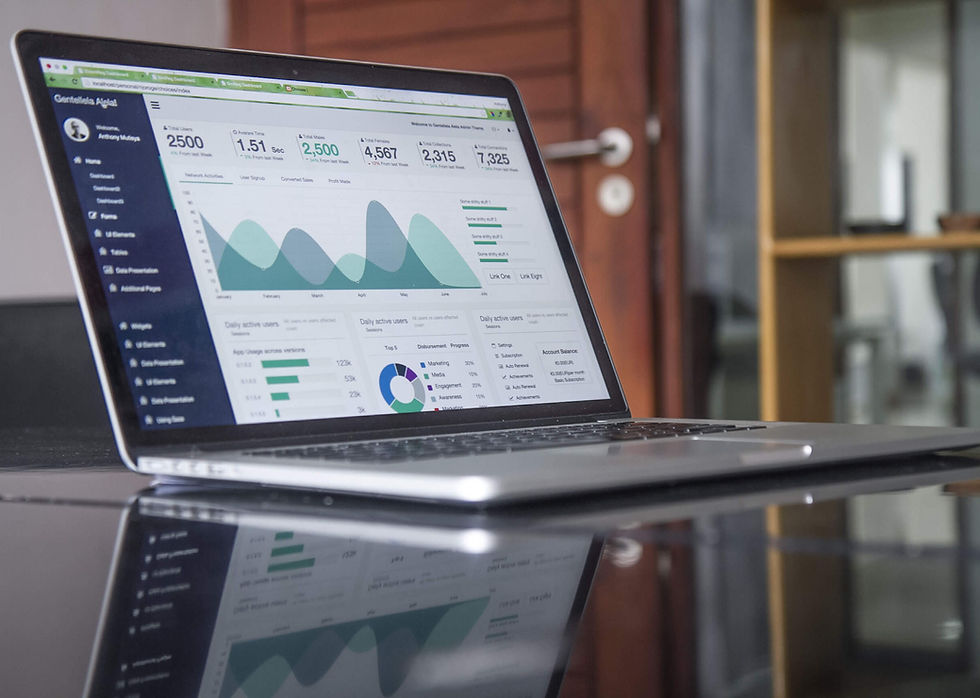People Analytics Series (Part 3 of 4): Where to Collect Data
- Kiwi Partners

- Sep 27, 2023
- 2 min read

Data collection can often seem like a daunting task with how much information is readily available. While, at times, we like to leave report generating to the experts, collecting data can be an empowering act so long as it is understood and used methodically.
In this segment of our People Analytics Series, we discuss the collection of data by way of first understanding the two different categories, and then identify the different types of data that HR professionals generally encounter.
Data can be generally classified into two categories: Quantitative and Qualitative.
Quantitative data is:
| Qualitative data is:
|
Recognizing the two different categories is helpful when understanding whether or not the data can be analyzed statistically or if it should require deeper conversations for clarity.
As HR professionals, our people data is most commonly obtained through the below system or type:
Human Resource Information System (HRIS): An HRIS helps to compute HR activities into data. They help companies organize and manage data about their staff such as demographics, job information, and benefit selections.
Tip: Do an annual audit of data contained within the system for accuracy. Review existing data (e.g. all the data that you currently have in your system) and make sure that it is all updated and accurate.
Applicant Tracking System: A transaction data system that often reports on key talent acquisition metrics.
Tip: Use your statistics to recognize where to focus your recruiting efforts (e.g. where are the most successful hires coming from?)
Benchmarking: This method measures and compares a company’s or individual’s current performance (such as pay) on metrics with internal and external data. This type of data is easily actionable and applicable.
Tip: Pay attention to dates. e.g. Be sure to use same time periods when performing analysis.
Surveys: A method of gathering information from a sample of people, traditionally with the intention of generalizing the results to a larger population. Engagement, employee life cycle, exit surveys, and post-training surveys are examples of some surveys that can be used to gather data.
Tip: Start with the end result in mind; one that is actionable
Focus Groups: A guided discussion on a particular topic that a company wants to know more about.
Tip: Create questions that will lead to open dialogue
While individually each item above can provide valuable information, corroborating data from the right mix of sources, even from places outside of HR, such as an accounting system or a Customer Relationship Management system, often helps to support a stronger (and more effective) business case when shared with the right leader.
Below are some questions to help start you get started:
What data would you need to answer each of your business issues at your organization?
What data collection methods would you use to collect this information?
What sources of data do you have available to support your project?
Once we understand where and how to extract the data available to us, continue to the final part of this series which discusses how to analyze the information.
If you have any questions about utilizing or implementing any of the source data types mentioned above, please contact Kiwi Partners’ HR Services team.






Comments